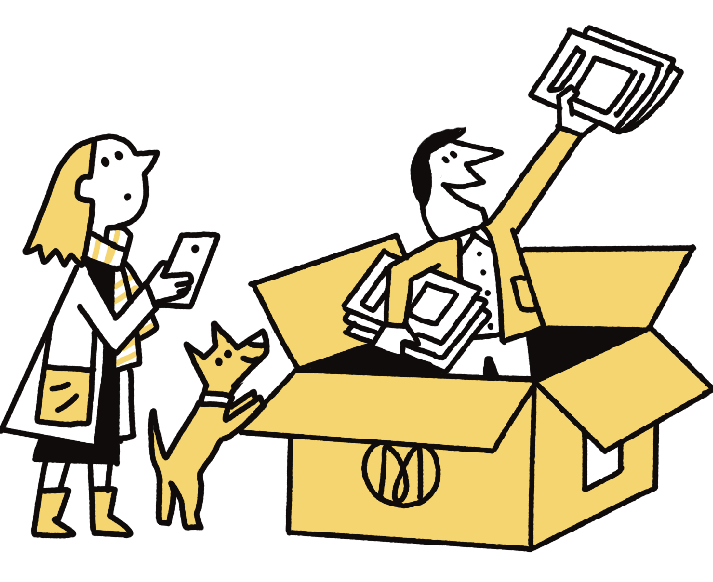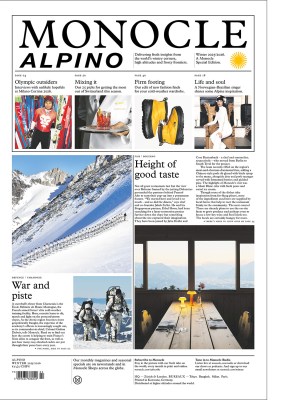If Milan values its property market, then it urgently needs to slow down and reset
How many political heads fall remains to be seen but the city clearly needs to correct its course.
When I moved to Milan from New York a little less than five years ago, I found a city booming thanks to its property market, despite the enforced blip of the pandemic. Over the past few years, house prices and rents have continued to climb, largely out of step with the rest of Italy, shoring up the idea of the Lombard capital as the nation’s safest property investment choice.
Neighbourhoods such as Porta Nuova and CityLife have continued to expand, while new ones such as Scalo Porta Romana, Scalo Forlanini and Santa Giulia promise to link more peripheral, once industrial areas with the urban core. Meanwhile, big name architects have piled in, from Norway’s Snøhetta to the Big Apple’s Diller Scofidio 1 Renfro, with high plans to oversee urban regeneration.

But something started to happen at the end of last year that checked the “Milan model”. The city had, for a long time, been interpreting a national law at a local level in a way that is now being severely questioned. A series of permissions to construct new, tall buildings were authorised by treating them as though they were much smaller refurbishment projects. By doing this, they allowed for a much easier fast-track permits process that also got around having to provide a series of provisions that new builds need to include, such as parking and public services.
In 2023, for example, a 12-metre-high three-storey office building in the Lambro Park area was knocked down and replaced with a residential tower, 27 metres high and containing 45 apartments. Neighbours complained and prosecutors investigated. Currently more than 100 building works are frozen – a small number already started, others still waiting to commence – while investigations continue. While some people have long called out what they say is illegal speculation in the industry, Italy’s parliament stepped in and tried to push through a bipartisan bill to end the impasse called “Salva Milano” (Save Milan). It would have not only validated what Milan was doing but given it the green light to happen throughout the country.
While champions of the Milan model say that it is simply a business-friendly interpretation of the law, the plot thickened with the arrest in March of a former municipal manager, Giovanni Oggioni, who is accused of corruption, fraud and misappropriation of funds, including favouring a company where his daughter works. Oggioni is alleged to have created a system in which fast-tracking happened, often with severe conflicts of interest and without subsequent checks and balances. Milan’s mayor, Beppe Sala – once an avid supporter of “Salva Milano” – has withdrawn support for the law due to the scandal and has talked of a few “bad apples”. Milan’s councillor for urban regeneration, Giancarlo Tancredi, tells me that there have been a few “episodes to reflect on” rather than a systemic problem – and that the municipality is already working on a new urban plan to try to make matters clearer. He says that Milan believes that a national interpretive law is still needed.
Corruption and unfettered capitalism are not a good brand for Milan, which has always billed itself as a functional, efficient island compared to the rest of the country (though the “Mani pulite” scandal from the 1990s also started here). How many political heads fall remains to be seen but clearly the city needs to correct its course.
Milan has become too reliant on the property market – a bubble that could easily burst. With the cost of living growing ever higher, wages not keeping up with it and some services lacking, Milan needs to slow down and take stock.



